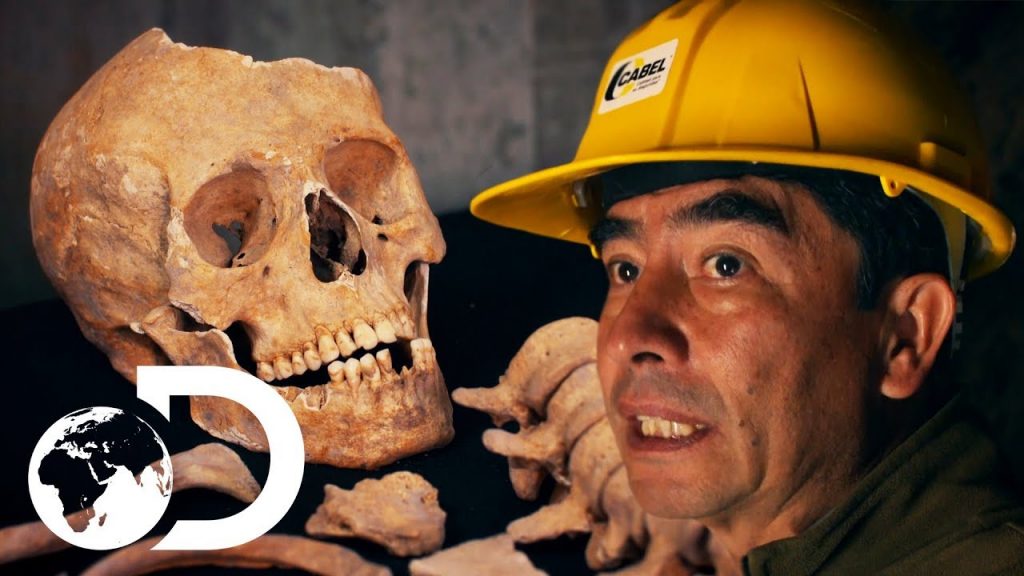One Man’s Mission to Revive the Last Redwood Forests

David Milarch’s near-death experience inspired a personal quest: to archive the genetics of the world’s largest trees before they’re gone.
This short film from The Story Group documents his effort to save the redwood champions of Northern California from the effects of climate change.
Why are redwood trees under threat and how does cloning help in their preservation?
For decades, humanity has been plundering the Earth’s natural resources at an alarming rate. With climate change and its associated threats looming large, the need to conserve our planet’s biodiversity has never been more urgent.
In the midst of this crisis, however, there are still individuals fighting for the preservation of our environment. David Milarch is one such man, and he is on a mission to revive the last redwood forests on Earth.
Milarch, a former timber trader, founded the Archangel Ancient Tree Archive, an organization devoted to cloning redwood giants that date back thousands of years. The redwoods, which are native to California and Oregon, are the largest trees in the world and can grow up to 350 feet tall. Despite their size, however, they are under threat from logging, urbanization, and climate change.
Milarch’s conservation efforts began in 1994, when he had a near-death experience that led him to the belief that he had a purpose to save the planet. He began cloning the DNA of ancient redwoods to create genetically identical offspring, or “clones,” that could be planted in places where the original trees had been lost.
By studying the genetic makeup of the ancient trees, Milarch and his team discovered that the redwoods are incredibly resilient to climate change. They tolerate temperature changes, droughts, and severe weather far better than most other tree species. As such, they can help mitigate the effects of climate change and protect other plant and animal species that are dependent on them.
To date, Milarch’s team has planted over 100,000 cloned trees in various locations, including national parks, private property, and botanical gardens. The organization has partnered with universities, conservation groups, and individuals to ensure that the clones are planted in suitable locations and will have the best chance of survival.
Milarch’s work has not gone unnoticed. In 2019, he was awarded the prestigious Blue Planet Prize, which recognizes individuals and organizations that contribute to solving global environmental challenges.
However, despite his success, Milarch knows that there is still much work to be done. The redwood forests are still under threat from climate change and other human activities. Nevertheless, he remains optimistic that the trees will continue to thrive and that future generations will be inspired to continue his work.
In conclusion, David Milarch’s mission to revive the last redwood forests is a testament to the power of individual action in the fight against climate change. By studying and cloning ancient trees, he has not only preserved a species but also given hope to a planet that desperately needs it. We can all take inspiration from his efforts and work towards a more sustainable and peaceful world.










The Darkest Black on Earth? Why Scientists & Artists Want the World’s Blackest Substances
Building an Off Grid Woodworking Workshop Log Cabin in the Forest
ABANDONED city in America with NO LAWS
A Hidden Restaurant Inside an NYC Russian Bathhouse
Inside the US-Led Coalition’s Fight Against ISIS